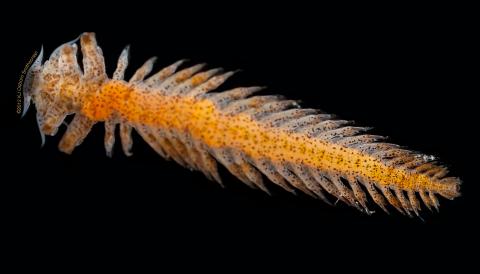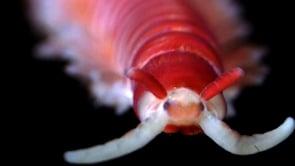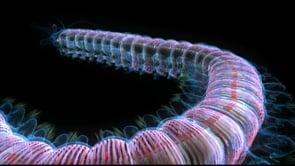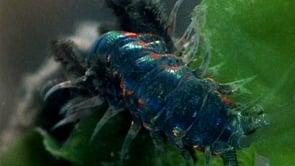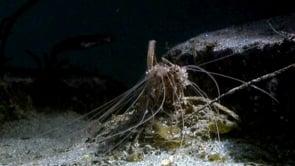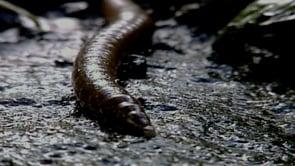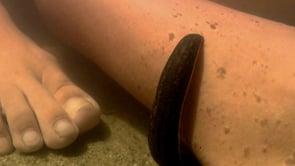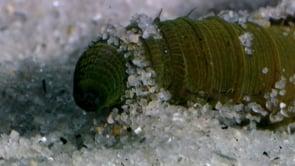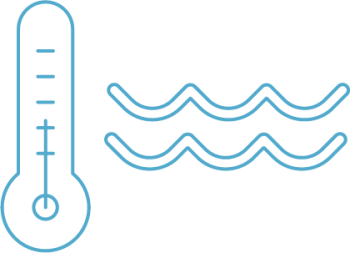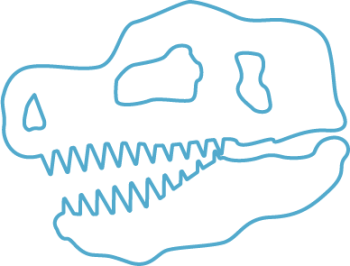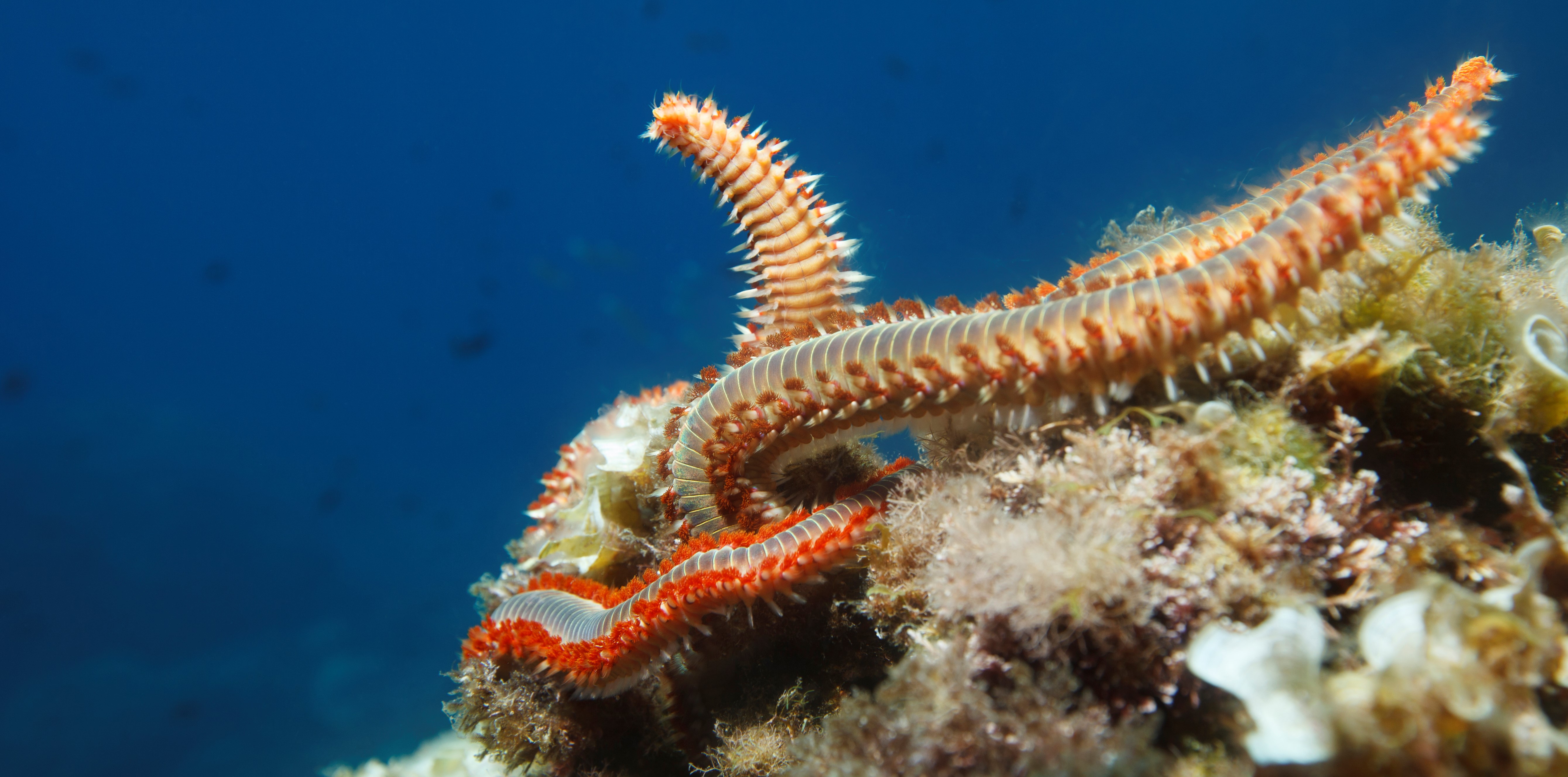

Annelids
Annelid Videos
Behavior
General Info
Role in Ecosystem
Climate
Human Interaction
Paleontology
- Image
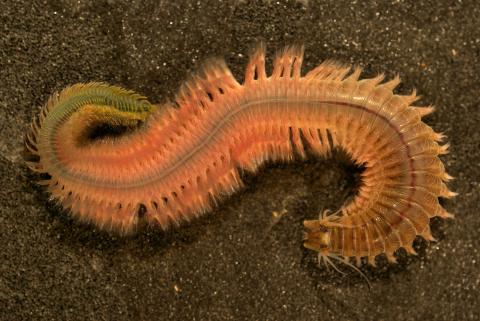
Lesson Plan
Annelid Adaptions + ArtThis lesson begins with students engaging in the practice of science -- observing the phenomena, describing their observations, and making sense of what they see. They observe annelid behaviors using a Shape of Life video with the audio turned off. They try to figure out what the phenomenon (the behavior) is, how it might help the organism survive, and how it might impact the environment. Working with a partner, they make hypotheses about what they are observing and organisms' adaptions that allow it to perform the behavior.Full Lesson Plan
- Image
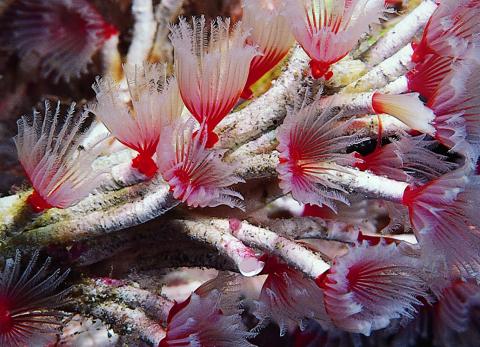
Factsheet
Annelids: Not Lowly, LovelyAnnelids are impressively adapted animals that live in every habitable niche on earth except the sky.Download Factsheet
- Image
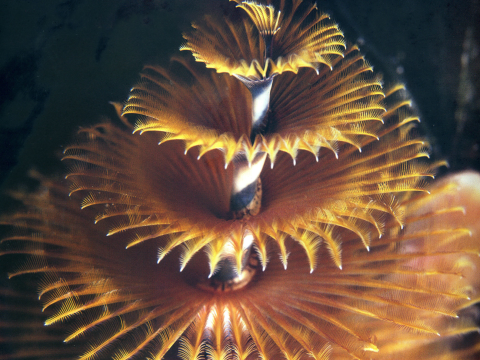
Reading
Annelids: The Next Segment, an Explosion of LifeWhat i like doing the most is actually getting out, getting down, getting dirty in the mud with the worms themselves. Getting out there whether it's pouring rain, whether it's a low tide at dawn, I don't care. I just like to be out there with the worms, seeing them in their own habitat.Download Reading
Features
Creature
Gossamer Worm (Tomopteris)
Gossamer worms live in the midwater zone of the ocean along with many other polychaete worm species. They are transparent as are so many of the creatures of this twilight zone between the surface and the seafloor.
Gossamer Worm (Tomopteris)
Gossamer worms live in the midwater zone of the ocean along with many other polychaete worm species. They are transparent as are so many of the creatures of this twilight zone between the surface and the seafloor.
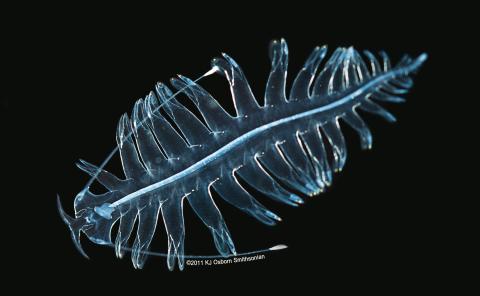
Did You Know?
Masters of Habitats: Polychaete
The polychaete body plan is clearly very successful. These segmented worms live in all marine habitats from the sandy beach and muddy shores; from the ocean surface down to the midwater and the deepest ocean hot vents.
Masters of Habitats: Polychaete
The polychaete body plan is clearly very successful. These segmented worms live in all marine habitats from the sandy beach and muddy shores; from the ocean surface down to the midwater and the deepest ocean hot vents.
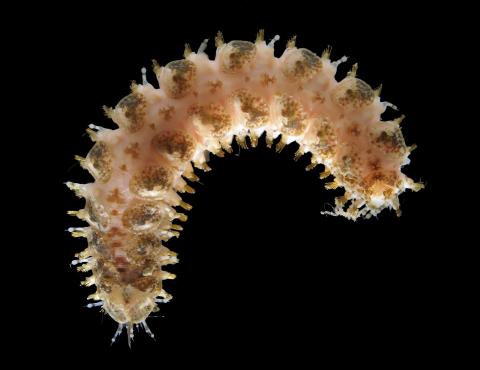
Shape of Life Blog
Annelids: Fundamental To Deep-Sea Ecosystems
Annelid worms have been essential to many of earth’s ecosystems since the Cambrian Explosion over 500 million years ago.
Annelids: Fundamental To Deep-Sea Ecosystems
Annelid worms have been essential to many of earth’s ecosystems since the Cambrian Explosion over 500 million years ago.
